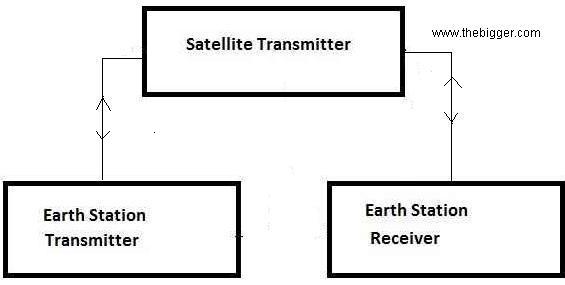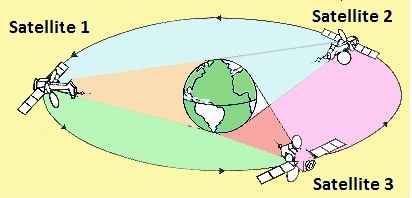Frequency generator is an electronic device which is used to find the chemical changes in the body and also it is used to provide the required frequency for performing a desired operation in the circuit.Its works on the principle of sympathetic resonance.It states that if there are two similar objects and one of them is vibrating, the other will begin to vibrate as well, even if they are not touching.
The first modern publication on the subject of bio-frequencies (that this author is aware of) was by Nikola Tesla in 1890. Later, in the 1920's and 30's, Raymond Royal Rife is the man who began exploring this phenomena as it relates to people and the pathogens that make us ill.He built a wonderous microscope that used light to actually see these microscopic invaders with his own eyes. He watched, while applying sound in the radio frequency range in an attempt to create a sympathetic resonance for each sample. Later, in the 1990's cellular physicist, Hulda Clark PhD, also applied this science to uncover and "map out" the unique bio-frequencies generated by hundreds of parasites and bacteria that she found inside our bodies. Rather than light, she uncovered these frequencies by sound, by using a "listening device" of her own design. (The Syncrometer) Her work helped to further support the validity of applied bio-resonance science.
History
The first modern publication on the subject of bio-frequencies (that this author is aware of) was by Nikola Tesla in 1890. Later, in the 1920's and 30's, Raymond Royal Rife is the man who began exploring this phenomena as it relates to people and the pathogens that make us ill.He built a wonderous microscope that used light to actually see these microscopic invaders with his own eyes. He watched, while applying sound in the radio frequency range in an attempt to create a sympathetic resonance for each sample. Later, in the 1990's cellular physicist, Hulda Clark PhD, also applied this science to uncover and "map out" the unique bio-frequencies generated by hundreds of parasites and bacteria that she found inside our bodies. Rather than light, she uncovered these frequencies by sound, by using a "listening device" of her own design. (The Syncrometer) Her work helped to further support the validity of applied bio-resonance science.
Hardwork Can Never Ever Fails...
Best Luck...




















.jpg)



.gif)





